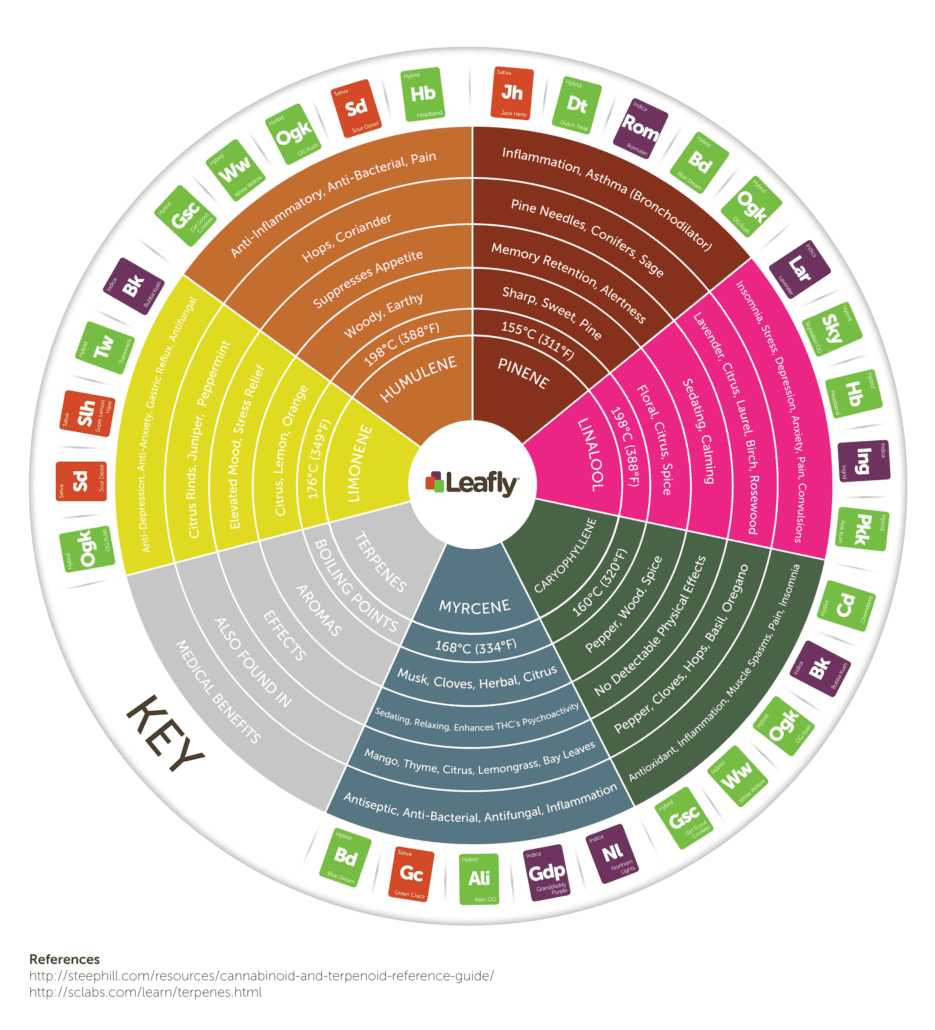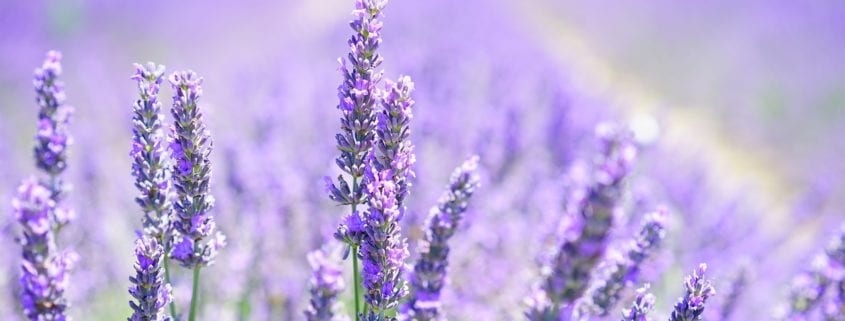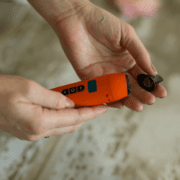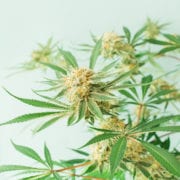Elements of Cannabis: Terpenes 101
You’ve got to love Mother Nature and the wonders of her medicinal plants. Cannabis is one such plant that contains health-boosting and healing properties similar to many other herbs we use today for our wellbeing.
Some of the chemical compounds found in cannabis include Cannabinoids as well as Terpenes. Terpenes are naturally occurring elements found in not only cannabis but a variety of plants including conifers. Terpenes are also produced by some insects like the swallowtail butterfly.
In cannabis, terpenes can contribute to the effects you feel and overall sensory experiences – including smell and taste – when consumed. Think of terpenes as the “aromatherapy of cannabis” as expert Emma Chasen puts it.
As you sample different strains or cultivars of cannabis, you’ll begin to detect distinct aroma and flavor profiles -similar to what you might find in wines. You’ll also find that some cannabis manufacturers are zeroing in on specific terpenes and terpene blends to enhance the effectiveness of their products.
Terpenes can affect how cannabinoids work, enhancing or modifying those effects such as limonene can be used to increase absorption of a CBD topical or to lift mood.
We cover cannabinoids and terpenes in our book, Cannabis and CBD for Health and Wellness. Some common terpenes found in cannabis – and other plants – include
ALPHA- AND BETA-PINENE
Also found in rosemary, pine needles, dill, and basil. SMELLS LIKE: Pine trees, turpentine
TOPICAL USE: Antiseptic, analgesic, antibacterial, antifungal, anti-inflammatory
INTERNAL USE: Relieves symptoms of asthma (bronchodilator), anti-inflammatory
STRAINS: Jack Herer by Sensi Seeds, OG Kush
CARYOPHYLLENE
Also found in black pepper, cloves, hops, basil, rosemary, and oregano, and binds directly to the CB2 receptor (immune system) similarly to a cannabinoid.
SMELLS LIKE: Peppery, spicy
TOPICAL USE: Reduces inflammation, analgesic
INTERNAL USE: Antioxidant, reduces muscle spasms and pain from inflammation, potentially suppresses cancerous tumor growth
STRAINS: OG Shark, Trainwreck
GERANIOL
Also found in geraniums, lemon, and tobacco.
SMELLS LIKE: Rose-like, fruity
TOPICAL USE: Mosquito repellent, relieves neuropathy, antifungal
INTERNAL USE: Anti-inflammatory, anticancer, neuroprotectant, antiviral, antispasmodic, antioxidant
STRAINS: Amnesia Haze, White Shark, OG Kush
HUMULENE
Also found in cloves, basil, hops, sage, ginseng, and coriander.
SMELLS LIKE: Earthy and woodsy
TOPICAL USE: Anti-inflammatory, antibacterial, analgesic, wound healing
INTERNAL USE: Pain relief, analgesic, appetite suppressant
STRAINS: Master Kush, Skywalker OG
LIMONENE
Also found in juniper, peppermint, rosemary, and the rinds of citrus.
SMELLS LIKE: Citrus
TOPICAL USE: Antifungal and antibacterial, aids in absorption of
terpenes transdermally and through mucous membranes
INTERNAL USE: Immune system booster, antidepressant, anti-anxiety, antioxidant, anticancer, anti-inflammatory, can treat gastrointestinal issues and heartburn
STRAINS: Headband, Super Lemon Haze
LINALOOL
Also found in lavender.
SMELL: Floral or citrusy
TOPICAL USE: Antimicrobial, pain reduction
INTERNAL USE: Anticonvulsant and antidepressant, sedative, immune support
STRAINS: LA Confidential, Skywalker OG
MYRCENE
Also found in hops, basil, mango, thyme, bay leaves, and lemongrass. Higher doses produce sedation, hypnotic, relaxation, and can enhance the effects of THC and other cannabinoids.
If you have too much myrcene in conjunction with THC, it can have an enhanced sleep-inducing affect. Unfortunately, there is really no hard and fast rule of how much is too much, although 50% or more of myrcene signifies an “indica” strain—more likely to be helpful in reducing anxiety and aiding in relaxation and sleep.
SMELLS LIKE: Musky, clove-like, fruity
TOPICAL USE: Antiseptic, antibacterial, antifungal, enhances
transdermal absorption
INTERNAL USE: Reduces inflammation, sedative, appetite aid, nausea relief
STRAINS: Warlock CBD, White Widow
OCIMENE
Also found in mint, parsley, pepper, basil, kumquats, mangoes, and orchids.
SMELLS LIKE: Woodsy, herbal
TOPICAL USE: Antifungal, antiseptic, antibacterial
INTERNAL USE: Antifungal, antiviral, decongestant STRAINS: Golden Goat, Strawberry Cough
TERPINEOL
Also found in lilac, pine trees, lime blossoms, and eucalyptus sap.
SMELLS LIKE: Floral, piney, smoky
TOPICAL USE: Anti-inflammatory, antibiotic
INTERNAL USE: Sedative, anti-anxiety, antitumor, antioxidant, antibiotic, antimalarial
STRAINS: Fire OG, Skywalker OG
TERPINOLENE
Also found in nutmeg, conifers, apples, cumin, lilacs, and allspice.
SMELLS LIKE: Piney, oral, herbal
TOPICAL USE: Antifungal, antibacterial
INTERNAL USE: Antioxidant, anticancer, sedating when inhaled, used to treat Crohn’s disease and ulcerative colitis
STRAINS: Durban Poison, Jack Herer
VALANCENE
Also found in Valencia oranges.
SMELLS LIKE: Citrusy sweet
TOPICAL USE: Repels ticks and mosquitoes
INTERNAL USE: Anti-inflammatory
STRAINS: Tangie, Agent Orange
Cannabis contains hundreds of Terpenes and each cannabis strain or cultivar contains different percentages of specific terpenes.
When purchasing legal cannabis, ask for the test results of the product you are considering, particularly the breakdown and percentages of terpenes.
We always recommend asking for test results of the cannabis or hemp products you purchase to know what’s in them. Because testing for terpenes in cannabis is not mandated by law, not all product test results will show the terpene breakdown. To have a better understanding of what you’re consuming, look for products that include terpenes in their test results.
Here’s a handy graphic from Leafly that shows terpenes contained in cannabis and their potential benefits.














Trackbacks & Pingbacks
[…] you’re headed to a dispensary, brush up on your knowledge of cannabinoids and terpenes first. Each chemical compound found in the cannabis plant has its own set of unique properties. […]
[…] most common additives to quality CBD products are terpenes or essential oils that can be consumed. When these substances are natural and plant-derived, they […]
[…] and its cannabinoids and terpenes can positively affect the ECS, bringing it into homeostasis or balance. When our ECS is more […]
[…] and its cannabinoids and terpenes can positively affect the ECS, bringing it into homeostasis or balance. When our ECS is more […]
[…] as a sleep aide. Look for an indica strain to start, and seek out strains that are higher in the terpenes Linalool or Mercene, both of which can aid in relaxation and a deeper […]
Comments are closed.